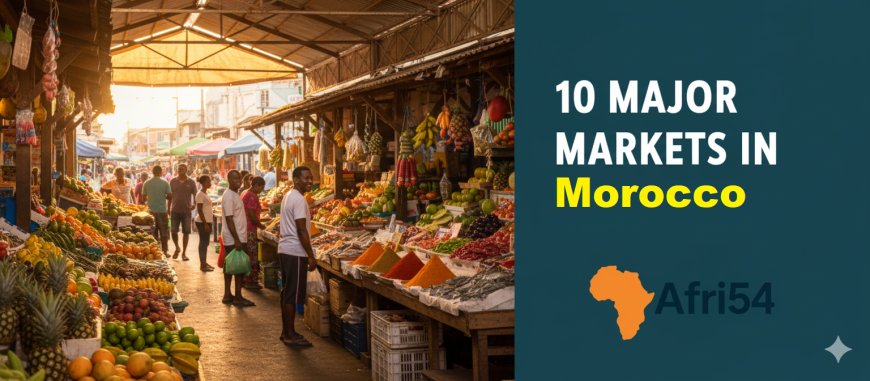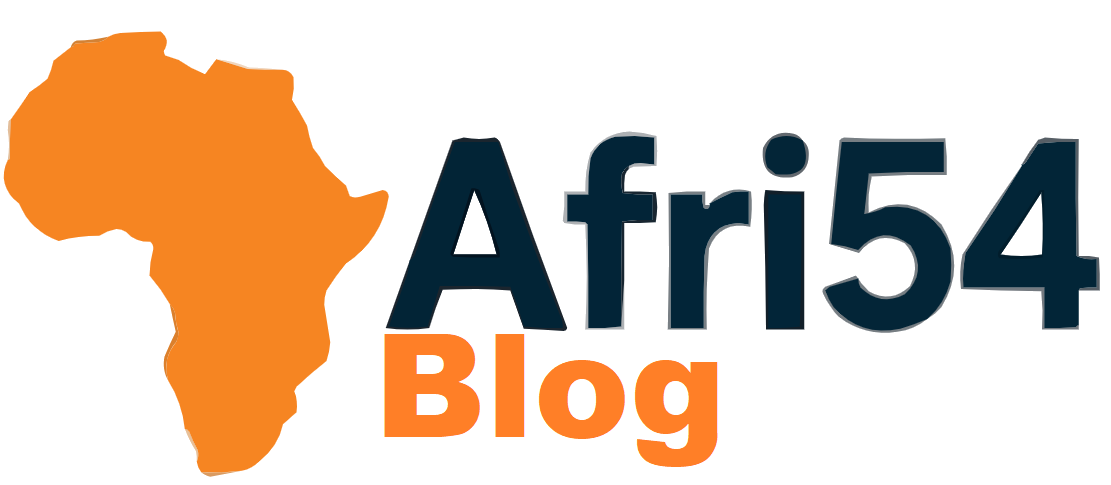10 Major Markets in Morocco
Discover the 10 major markets in Morocco, from Marrakech’s Jemaa el-Fnaa to Fes’s ancient souks and Casablanca’s Central Market. Explore Morocco’s culture, crafts, and trade through its vibrant marketplaces.

Reading Time: ~8 minutes
Morocco is a country where Arab, Berber, and African cultures blend with European influences, creating one of the most vibrant marketplaces in Africa. Its markets—locally called souks—are world-famous for their colorful stalls, lively bargaining, and rich selection of goods, from carpets and spices to leather goods and jewelry.
Here are 10 major markets in Morocco that highlight the nation’s cultural and economic heartbeat.
1. Jemaa el-Fnaa Market (Marrakech)
Perhaps the most famous market in Morocco, Jemaa el-Fnaa is not only a shopping space but also a cultural performance arena. It is packed with stalls selling spices, food, traditional medicine, crafts, and souvenirs, alongside snake charmers, musicians, and storytellers.
2. Souk Semmarine (Marrakech)
Located within Marrakech’s Medina, this souk is known for textiles, carpets, lanterns, leather goods, and jewelry. It’s a maze of alleys filled with vibrant colors and craftsmanship.
3. Souk el Attarine (Fes)
One of the oldest souks in Fes, this market specializes in spices, perfumes, oils, and traditional Moroccan goods, making it a sensory delight.
4. Souk el Henna (Fes)
Famous for henna, cosmetics, pottery, and herbal products, this souk is a must-visit for those interested in traditional Moroccan beauty and wellness.
5. Bab el Khemis Market (Marrakech)
Known as a flea market, Bab el Khemis is popular for antique furniture, second-hand goods, carpets, and vintage items. It’s perfect for bargain hunters.
6. Souk el Ghzel (Marrakech)
This is the traditional wool market where traders deal in wool, textiles, and yarns, reflecting Morocco’s deep connection to weaving and textiles.
7. Central Market (Casablanca)
Located in Morocco’s largest city, Casablanca’s Central Market is known for seafood, flowers, spices, fruits, and crafts, serving both locals and tourists.
8. Souk Sebbat (Fes)
A covered market famous for shoes, leather slippers (babouches), and fabrics. It’s part of Fes’s extensive Medina markets.
9. Essaouira Souk (Essaouira)
In the coastal town of Essaouira, this souk is famous for wooden crafts, spices, fish, and handmade jewelry, blending culture with seaside charm.
10. Rabat Medina Market (Rabat)
The capital’s Medina market is quieter than Marrakech or Fes, but it offers clothes, carpets, spices, and traditional crafts, making it a hidden gem.
Why Morocco’s Markets Are Special
Morocco’s souks are not just shopping destinations—they are living museums of culture and tradition. They represent centuries-old craftsmanship in textiles, ceramics, leatherwork, and jewelry. The buzzing atmosphere of these markets reflects Morocco’s role as a bridge between Africa, Europe, and the Arab world.
Final Thoughts
From the chaotic energy of Marrakech’s Jemaa el-Fnaa to the artisan crafts of Essaouira, Morocco’s markets are a feast for the senses. Exploring them means discovering the soul of Moroccan life—colorful, diverse, and full of tradition.
Have you listed your business on Afri54?
Afri54 exists to solve a fundamental challenge faced by millions of African businesses: lack of visibility. Whether you're an automobile part seller in Lagos, a local attire manufacturer in Kigali, a coffee exporter in Addis Ababa, or a mobile phone supplier in Accra, you deserve to be seen.
👉 Join now























